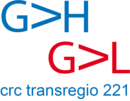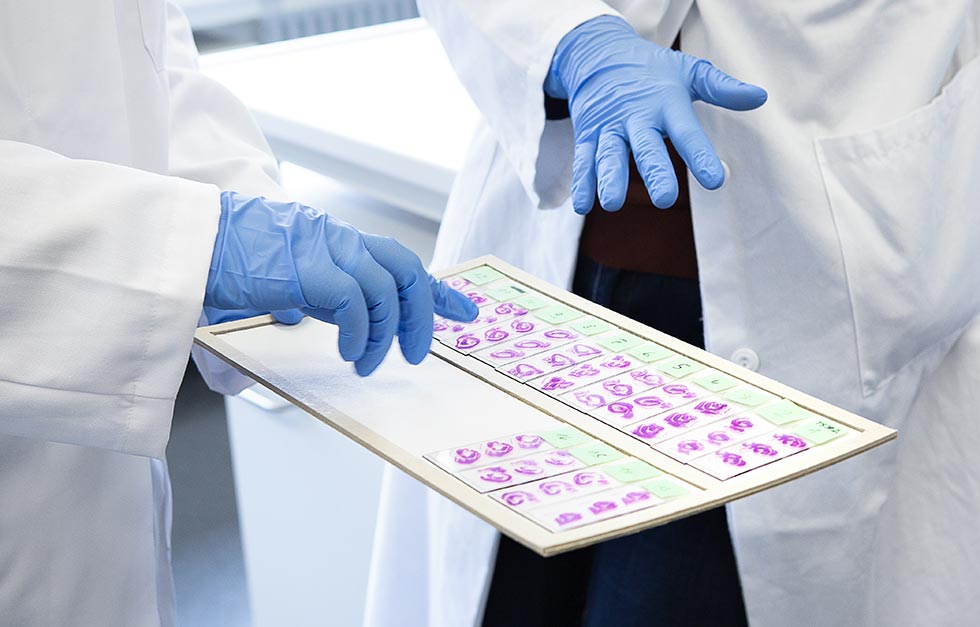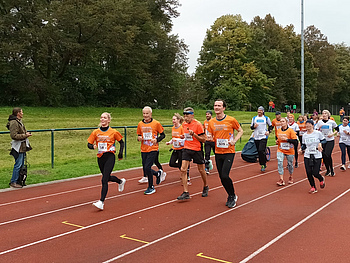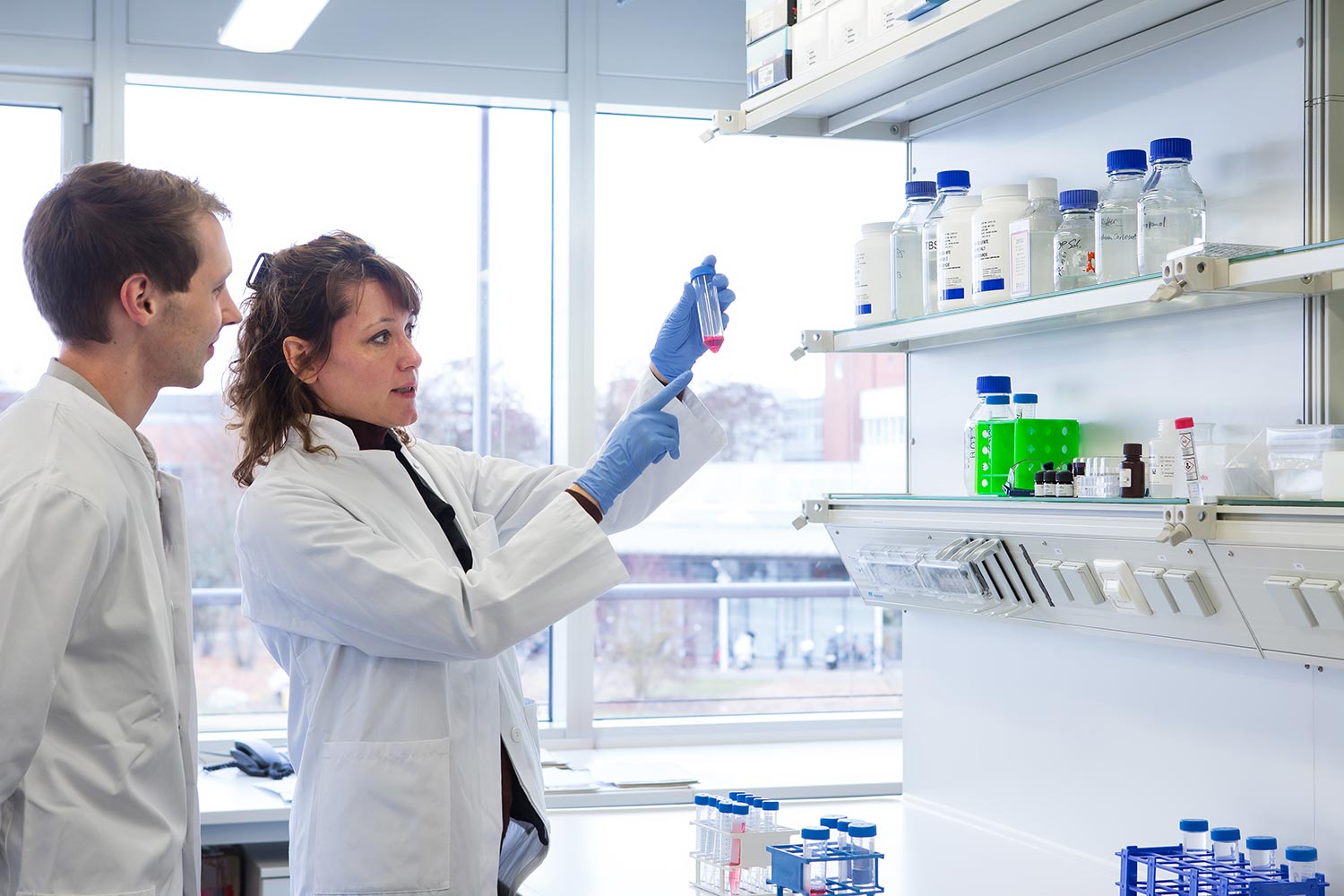
Collaborative Research Centre
Transregio 221
Researchers in Regensburg, Erlangen and Würzburg work together in the CRC Transregio 221, that focuses on unsolved challenges in the treatment of patients with leukemia or lymphoma.
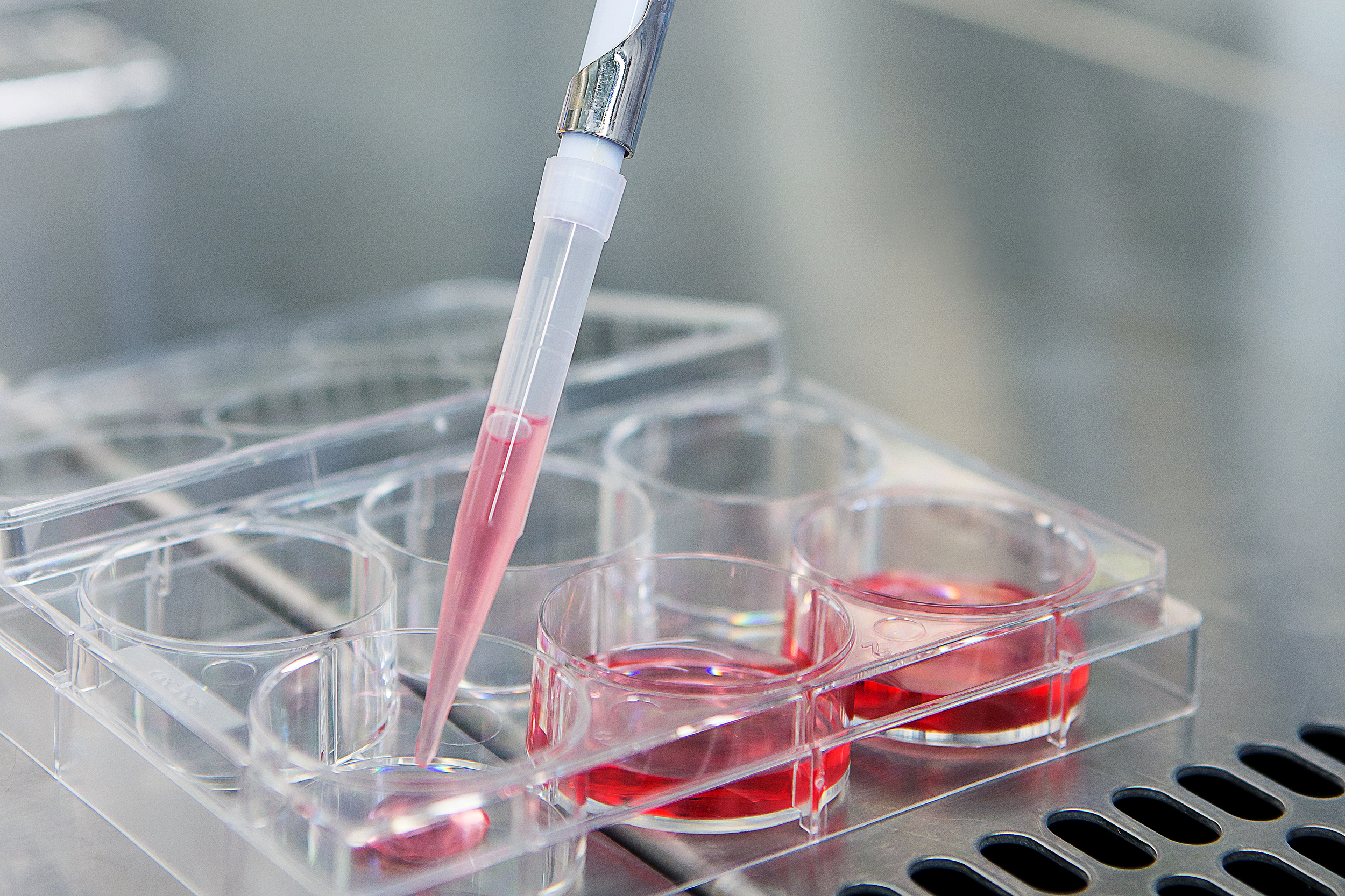
Collaborative Research Centre
Transregio 221
The researchers aim at the improvement of allogeneic hematopoietic stem cell transplantation by modulation of Graft-versus-Host- and Graft-versus-Leukemia immune responses.
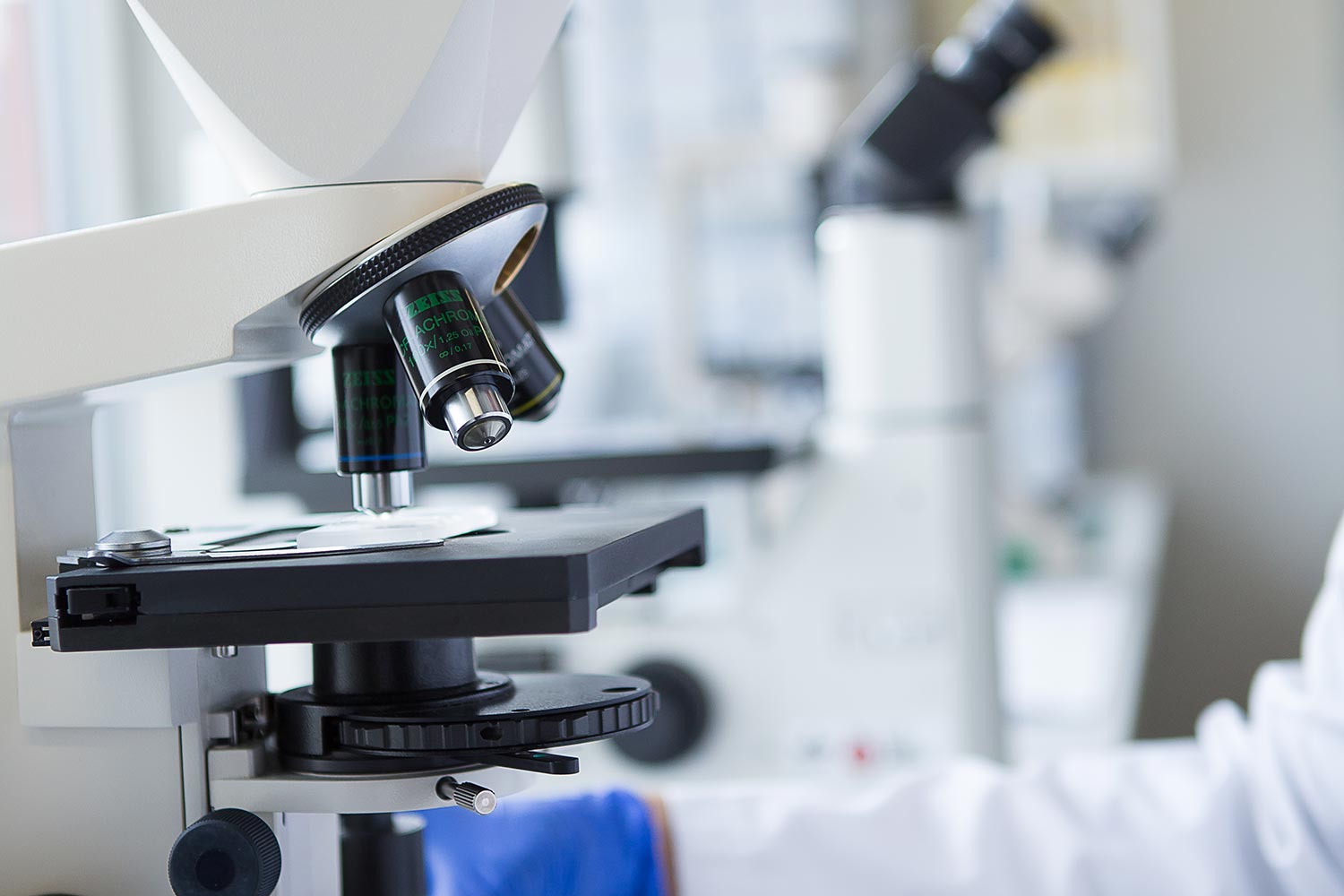
Every Wednesday
KMT-Lunchseminar
1 p.m. to 2 p.m.
Site: University Hospital Regensburg
Activating this content external data and cookies from Google Maps are loaded.
Further information can be found in our privacy policy.
Activating this content external data and cookies from Youtube are loaded.
Further information can be found in our privacy policy.
What is |Transregio 221?
Within the Collaborative Research Centre/Transregio (CRC/TR) 221 innovative immune modulation strategies will be investigated to separate GvHD from GvL effects in order to enhance the safety and efficacy of allo-HSCT in the future.
What is | Stem Cell Transplantation?
Allogeneic hematopoietic stem-cell transplantation (allo-HSCT) is a curative treatment option for patients with high-risk leukemia and lymphoma and for some inherited or acquired hematopoietic deficiencies. Around half a million transplantations have been performed to date and approximately 28 million voluntary stem cell donors are currently registered world-wide. The curative potential of allo-HSCT is based on the replacement of the patient´s hematopoiesis by hematopoietic stem cells derived from a healthy donor and the immunologic eradication of residual patient hematopoietic cells by co-transplanted lymphocytes.
What is|GvL?
The graft-versus-hematopoiesis reaction is mainly mediated by alloreactive donor T cells and affects also malignant hematopoietic cells, thereby evoking potent graft-versus-leukemia / lymphoma (GvL) effects. Although allo-HSCT offers a unique chance to rescue patients with otherwise incurable hematologic malignancies, still around one quarter of allo-HSCT recipients develop disease relapse or progression after transplantation. Thus, there is an urgent need to better understand and ultimately strengthen GvL responses to prevent tumor escape.
What is|GvHD?
GvL-promoting strategies carry the inherent risk of inducing graft-versus-host disease (GvHD), where donor T cells attack and damage non-hematopoietic tissues. The efficient prevention and treatment of severe GvHD is a pivotal prerequisite to benefit from allo-HSCT and its potent GvL effects. Hence, the elucidation of basic mechanisms in tissue-directed graft-versus-host responses is essential to reduce the high treatment-related morbidity and mortality in allo-HSCT. GvHD-free allo-HSCT is then an ideal immunotherapy platform to boost GvL responses for the cure of patients, including those with residual disease or relapse after transplantation.
What is|the Main Goal?
Within the Collaborative Research Centre/Transregio (CRC/TR) 221 innovative immune modulation strategies will be investigated to separate GvHD from GvL effects in order to enhance the safety and efficacy of allo-HSCT in the future. Briefly, the projects in area A explore T cell redirection tools (i.e. T cell receptors, chimeric antigen receptors, minor histocompatibility antigens, multi-specific antibodies) for the augmentation of hematopoiesis-specific GvL activity, and examine the reactivation of silenced GvL responses by checkpoint inhibition and through enhanced metabolic "fitness" of donor immune cells. The projects in area B investigate cell signaling pathways (i.e. TNFR2, CD28, Wnt, NFAT, IL-7R/Batf/CSF2) and immune regulatory/suppressive cells and networks including regulatory T cells, mesenchymal stromal cells and dendritic cells to prevent and/or treat acute and chronic GvHD. They also study the modulation of GvHD-promoting co-factors such as tissue inflammation, microbiome alterations, epithelial and endothelial damage for effective prophylaxis and therapy of severe GvHD.
